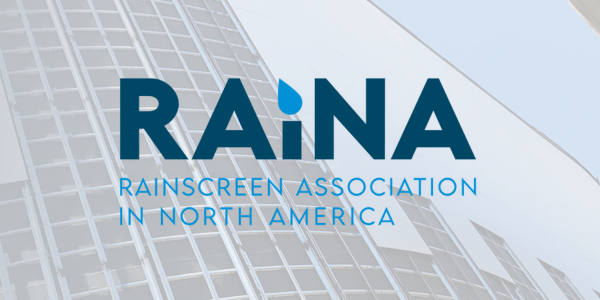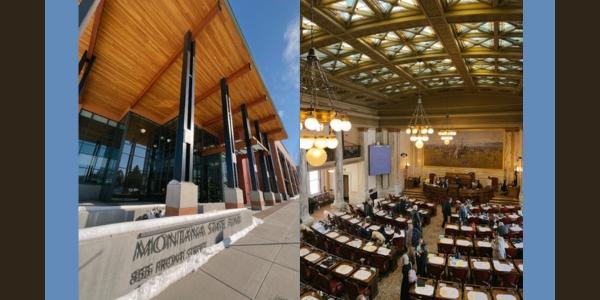Knit Line & Facer Irregularities in Rigid Polyiso Foam Roof Insulation

WSRCA’s Industry Issues Committee releases Technical Bulletin 2017-II-1 regarding irregularities in Polyiso Insulation
Changes in materials and methods used to produce rigid polyisocyanurate insulation boards for roof systems has been a concern for WSRCA members at different times over the years. As you may recall, WSRCA’s Low‐Slope Committee provided WSRCA Members with a Technical Bulletin in 2000, a follow‐up during 2004 (No. 2004‐1) about changes in blowing agents and the LTTR (i.e., published results of long‐term thermal performance testing) regarding R‐values per varying thicknesses of polyisocyanurate insulation. It appears that as the manufacturers continue to fine‐tune the polyisocyanurate insulation manufacturing process in order to comply with regulations, while still producing quality products with the necessary properties, issues are occurring and being observed in the field, of which our members should be made aware. The issues may require new action(s) by the industry.
Reports from the field indicate that longitudinal depressions (e.g., also referred to as ruts or grooves) appear to be occurring with more regularity in rigid polyisocyanurate foam insulation boards delivered to job sites and some are being used in roofing systems. This issue that had previously only been seen infrequently, appears to be becoming common.
Members click here to continue reading. Interested in becoming a WSRCA member, click here.
WSRCA Industry Issues Committee
Steve Reardon - Chairman: Enterprise Roofing
Chris Sprick - Vice Chairman: Sprick Roofing Company
Bruce Radenbaugh - Bilt-Well Roofing & Solar
Mike Wakerling - General Roofing Company
Chuck Chapman - Tecta America - Arizona
George Madsen - Madsen Roofing Company, Inc.
Steve Nash - Waterproofing Associates
Mike Tory - Tory's Roofing & Waterproofing
Don Fry - Fry Roofing, Inc.
Jim Carlson - WSRCA Technical Advisor, Building Envelope Technology & Research
Steven Elliott - Assistant Technical Advisor, BET-R
Recommended For You

RAiNA written new Division 01 specification enhances performance standards for rainscreen wall assemblies
Read More ...
Roofing pros take advocacy to new heights at annual capitol event
Read More ...
ROOFPAC Golf Tournament at the International Roofing Expo to be held at Bali Hai Golf Club
Read More ...



















Comments
Leave a Reply
Have an account? Login to leave a comment!
Sign In